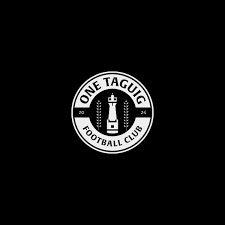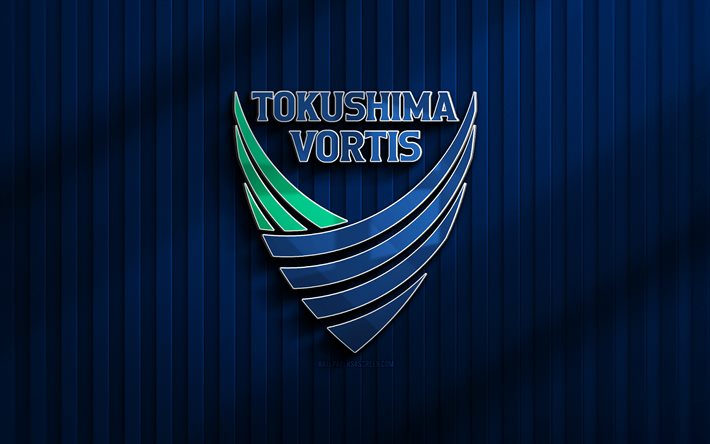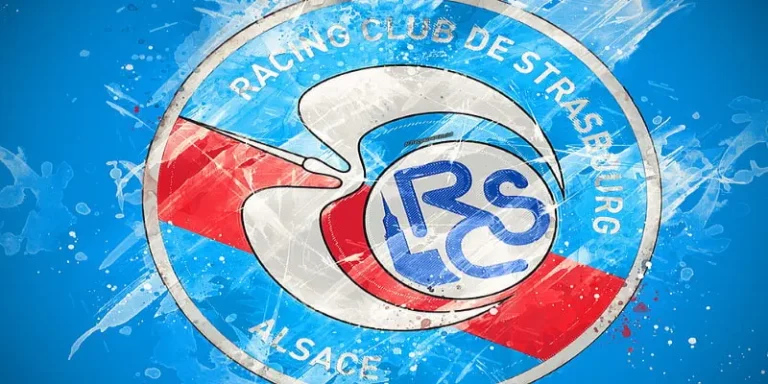
East European Championship
In many ways, the event catalyzes infrastructural development, leaving a lasting impact on host cities okvip.
Structure and Format of the East European Championship
Understanding the structure and format of the East European Championship is essential to grasp how it functions and maintains competitive integrity.
Types of Sports Featured
The championship encompasses a wide variety of sports, ensuring that there’s something for everyone.
Typically, popular sports such as football, basketball, volleyball, and athletics dominate the lineup.
However, lesser-known sports like handball, wrestling, and judo find their place as well.
This diversity allows athletes across different disciplines to shine, showcasing talents that may otherwise go unnoticed.
Tournament Structure
The tournament is usually structured in a series of stages including preliminaries, quarterfinals, semifinals, and finals.
This multi-stage approach ensures that teams must demonstrate consistent performance to progress through the ranks.
Group stages allow for initial evaluation, where stronger teams emerge and weaker ones face elimination.
Each stage is meticulously planned to provide fair opportunities while generating excitement and anticipation among fans.
Selection of Host Nations
Choosing host nations is a critical aspect of organizing the East European Championship.
Factors such as geographical location, infrastructure, and previous hosting experience play vital roles in selection.
Host nations often use the opportunity to showcase their heritage and hospitality, setting the stage for a memorable competition.



